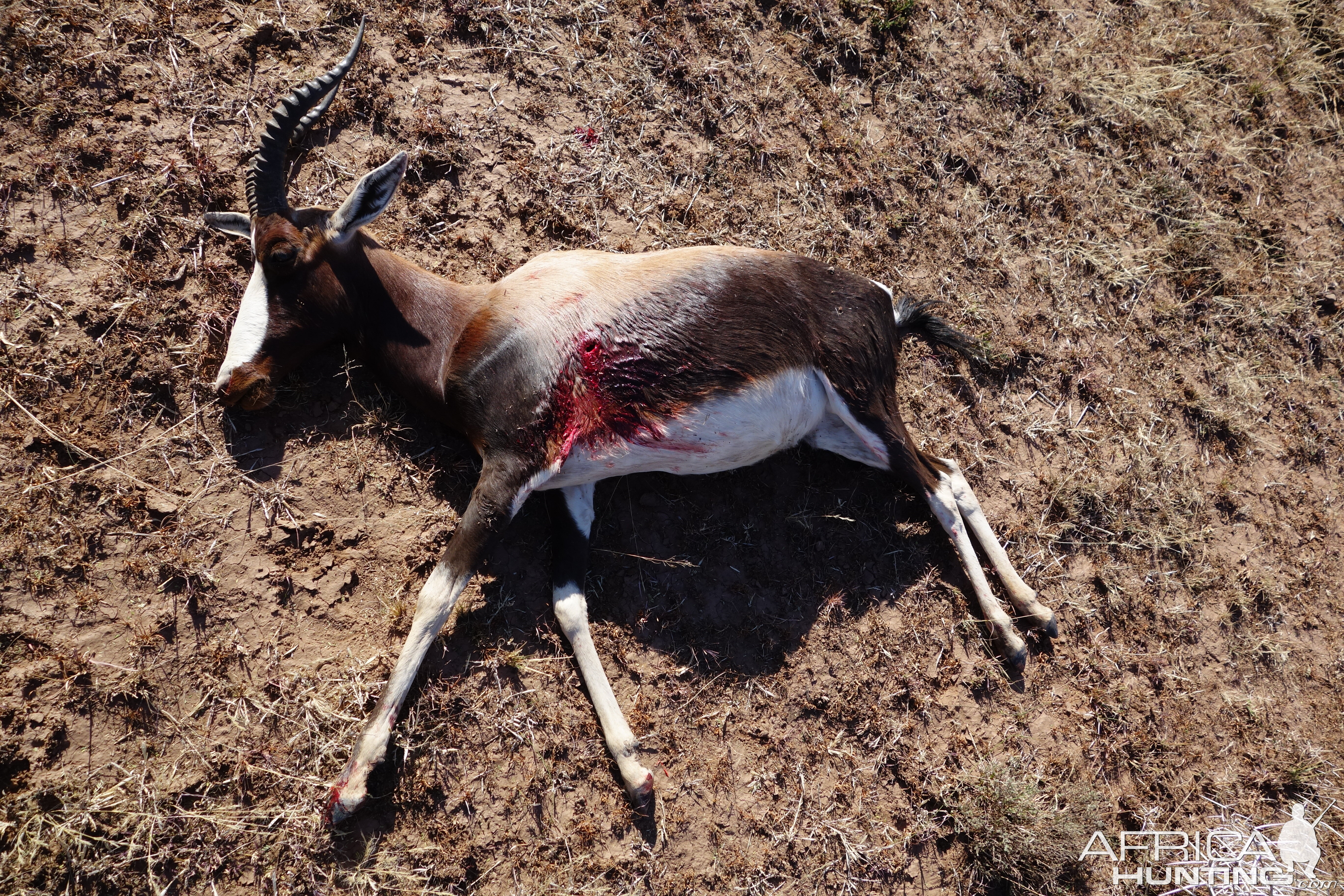Hi chaps. I'm looking to change my rifles over to use Barnes bullets ... Generally speaking feedback on the Barnes is very good ... As always I'd appreciate your thoughts.
As we all know Barnes is a brand, not a bullet type, so it is important to be specific. Today's Barnes TSX is not the same as the TTSX. The TTSX includes a polymer tip that prevents the hollow point from being inadvertently plugged by mud, debris, etc. and that acts as an initiator and accelerator of expansion.
Think of the TTSX has a PG bullet. The TSX has a smaller hollow point, no expander tip, and expands less.
Think of the TSX as a DG bullet.
Lead free ammo is coming, like it or not. It is already the law in California, and even in Arizona (a generally conservative State) lead free ammo is required in the northern part of the State near the Grand Canyon where Condors are being re-introduced. I was a life-long Nosler Partition shooter (and A Frame for DG, keeping in mind that the A Frame is nothing but a Partition with bonded front core) but I have converted to Barnes due to lead free requirement where I live and I now use only Barnes (TTSX on PG and TSX on DG) so that I do not need to re-sight constantly.
For my 2019 safari (see
https://www.africahunting.com/threa...ill-safaris-even-better-than-last-year.52376/) I used Barnes TTSX 100 gr from a .257 Wby and I experienced 100% one-shot-kill, dead-in its-track, reliability on 16 animals, from Vaal Rhebuk to Roan, and I used 1 TTSX 225 gr from a .340 Wby on a Sable, which the same striking results. See video here under. I did not recover a single bullet. Did I waste energy on the landscape? I dunno... but they sure were all very dead and the exit holes were quarter sized, so expansion certainly happened...
Were there early Barnes failures? Yes of course. Like every other new technology developer, Barnes did not hit the perfect compromise on the first try. Earlier Barnes bullets were generally too tough and did not always expand. A Square also had mono-metal development issues with their Monolithic Solid. So did Hornady with the GMX. So did Nosler with the E Tip. I did not really follow North Fork, Peregrine, etc. but I would bet they too had their growing pains.
All of these have been resolved. Can failure still happen? Of course! Anything can fail... Do they regularly fail? Of course not, and I would add that among contemporary failures it would be interesting to actually know what generation of bullet is failing. I suspect that there are still a number of 1st generation bullets (TSX, GMX, E Tip, etc.) in hunters ammo belts out there...
In my experience the modern mono-metal bullets are an improvement.
- The Nosler Partition was the first and the only bullet for close to 40 years to provide BOTH rapid expansion AND deep penetration. For half a century it was, rightfully, the bullet by which all others were judged. Hat off to John Nosler for having created it.
- The bonded bullets (including the A Frame) resolved the issue of the lead core separating from the jacket. In most cases it reduces the expansion potential (but not enough to be concerned with it) but it increases penetration. This was progress on large animals and DG.
- The mono-metal bullets of proper hardness and proper design provide similar performance to the best bonded bullets, AND are lead free. It will take the time it will take but they will win the product development game in the end and be the last one standing...
As to which one is best among Barnes vs. Hornady vs. North Fork vs. Peregrine vs. Nosler vs. etc. mono-metal slugs, I shall risk a general wave of hate mail from gored ox proud owners by stating that it is about the same as discussing which of Ford, GMC, Chevrolet, Dodge, Toyota etc. is the best pickup truck. To each their own...
What is for sure is that even among mono-metal slugs, there continue to be some designed for more expansion and some designed for more penetration. The Barnes offering of TSX and TTSX illustrates this...
PS: interestingly, this provides yet another example of full circle "progress" since we are essentially coming back to the mono-metal Balle D of the 8x50 mm R cartridge adopted by France in 1898 for its Lebel rifle, the first battle rifle in the world to shoot a smokeless load propelling a "small" diameter spitzer bullet (small diameter compared to previous black powder cartridges).


